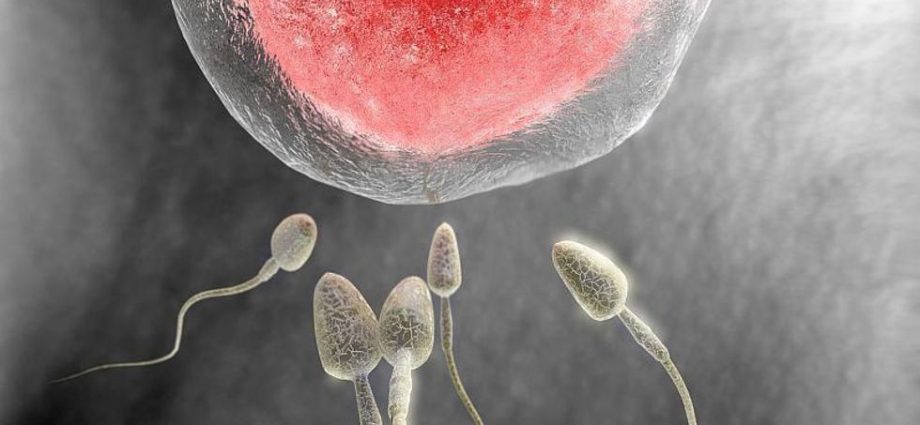TUESDAY, March 29, 2022 (HealthDay News) — Ultrasound guidance and soft catheters are among the measures that can be used during embryo transfer to help improve the chances of successful in-vitro fertilization (IVF), according to a British study.
“It is reassuring to see that some of the interventions that are used regularly in the U.K. … appear to increase the likelihood of pregnancy,” said lead author Dr. Bassel Al Wattar, of University College London’s Institute for Women’s Health.
In a university news release, he described the new study as the first comprehensive overview of all IVF interventions. Its aim is to provide best practices for embryo transfer.
IVF, one of several forms of assisted reproductive technology, has several stages: first, stimulating a woman’s ovaries so eggs can be obtained; next, fertilizing those eggs in the lab to create embryos, and finally, transferring an embryo back to the woman’s womb.
Embryo transfer is particularly delicate and requires ideal conditions to maximize the likelihood of implantation and pregnancy, the researchers explained.
To assess the effectiveness of 38 interventions performed at the time of embryo transfer, the authors analyzed data from 188 controlled trials that included more than 59,000 participants.
They found that the chances of pregnancy were 26% higher when embryo transfer was done under ultrasound guidance. Chances were 12% higher with the use of soft embryo transfer catheters, which they said may cause less trauma to the womb lining than hard catheters.
The team also found that transferring the embryo in a hyaluronic acid solution can help improve implantation in the womb.
Another key finding: Bed rest for the patient for more than 20 minutes after embryo transfer was associated with a 15% lower likelihood of pregnancy. The authors said that suggests women should be encouraged to continue normal daily activities.
The findings were published March 24 in the journal Human Reproduction.
More information
There’s more on IVF at the U.S. National Library of Medicine.
SOURCE: University College London, news release, March 24, 2022
Copyright © 2025 HealthDay. All rights reserved.

